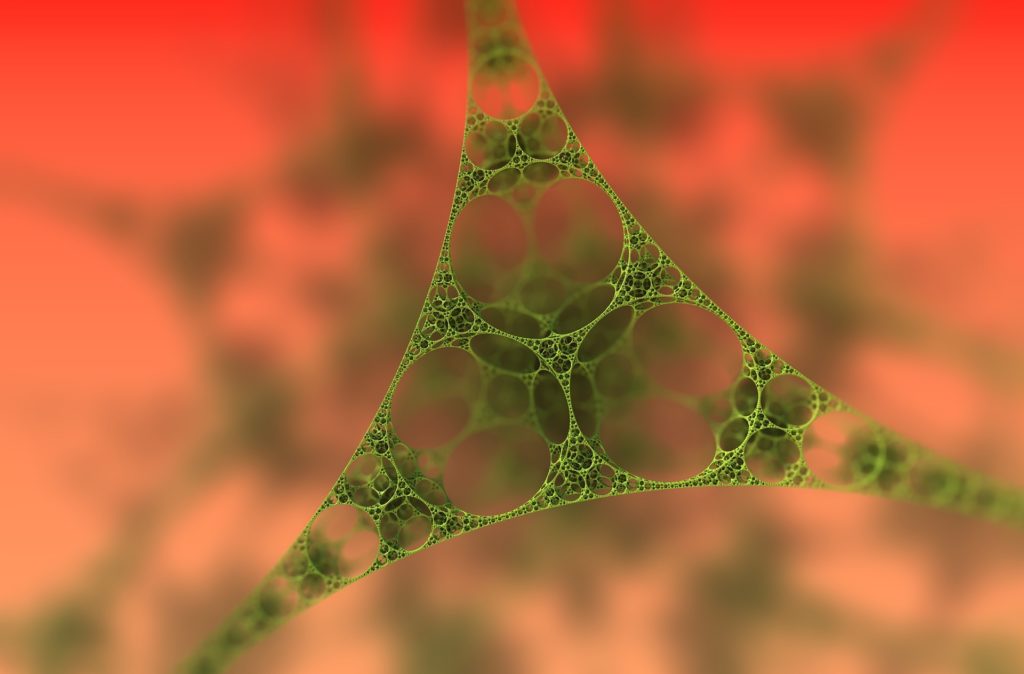
Researchers have introduced a new method to address obesity by targeting fat absorption in the small intestine. The advanced nanoparticle system, designed to transport therapeutic molecules directly to the digestive tract, has displayed significant potential in preventing diet-induced obesity.
Presented today at UEG Week 2024, the study focuses on an enzyme called Sterol O-acyltransferase 2 (SOAT2), which plays a critical role in fat absorption in the small intestine.3,4 By inhibiting this enzyme, the study offers a promising therapeutic approach to reducing fat absorption and potentially preventing obesity.
Despite extensive research into fat metabolism, effective inhibitors of intestinal fatty acid uptake have remained elusive until now. Lead researcher Dr. Wentao Shao explained, “For years, researchers have studied fat metabolism, but finding an effective way to block fat absorption has been difficult. While most strategies focus on reducing dietary fat intake, our approach targets the body’s fat absorption process directly.”
The research team has developed an innovative delivery system using nanoparticles. These are tiny capsules made from a polymer core and coated in a protective shell. The system is designed to efficiently carry small interfering RNAs (siRNAs) to the small intestine. Once there, the siRNAs can reduce SOAT2 expression, which in turn inhibits fat absorption. In mouse models, the animals treated with nanoparticle therapy absorbed less fat and avoided obesity, even when on a high-fat diet.
“This oral treatment offers several advantages”, said Dr Shao. “It’s non-invasive, has low toxicity, and it has high potential for better patient compliance compared to current obesity treatments, which are often invasive or difficult to maintain. This makes it a promising alternative.”
The study also uncovered the underlying mechanism by which SOAT2 regulates fat absorption. Inhibition of SOAT2 in the small intestine triggers the degradation of CD36, a protein responsible for transporting fat. This process involves both cellular stress and the recruitment of E3 ligase RNF5, an enzyme that enhances CD36 degradation.
Previous studies have shown that blocking hepatic SOAT2 leads to fat accumulation in the liver, 5,6 whereas this intestine-specific approach circumvents that risk, offering a safer and more focused treatment for obesity.